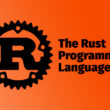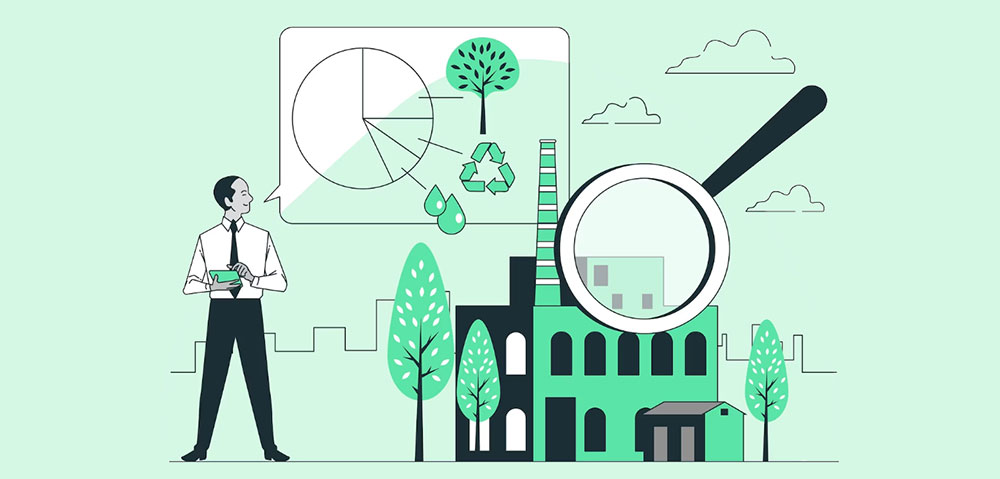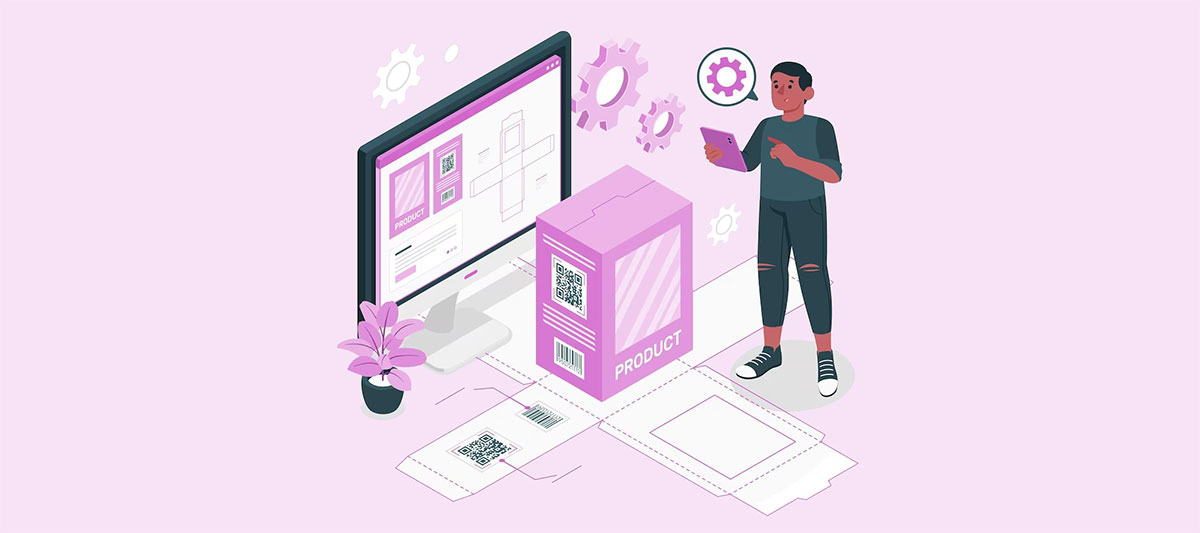Strategies for Effective Product Validation

Ever found yourself with a masterpiece, only to watch it fizzle in the real world? That’s where product validation sprints to center stage. It’s like tapping into a crystal ball of market desires.
Picture this: a roadmap unfurling before your very eyes, bristling with checkpoints like customer feedback and functionality assessments that promise to navigate through the nebulous mists of consumer behavior.
Embark on a journey where each step, from prototype testing to beta trials, is a strategic move in the grander game of market fit analysis.
Here’s the scoop: we’re diving headfirst into the world where quality assurance and risk assessments play buddy-cop to your product’s success.
You’ll emerge someone who doesn’t merely guess but knows with a swagger, equipped to tailor your offerings so they click, resonate, and stick.
We’ll wade through everything from MVPs to usability evaluations, carving out a path to that golden ‘yes’ from your target audience. Buckle up; it’s going to be a ride chock-full of insights.
Key takeaways
- Prototyping as a Critical Step: Prototyping is crucial in the product validation process, acting like a dress rehearsal to test and fine-tune the product design based on user interaction and feedback.
- Agile Development in MVP Creation: Adopting agile development for building, testing, and iterating the Minimum Viable Product (MVP) is essential for adapting quickly and efficiently in today’s fast-paced market.
- Common Pitfalls to Avoid: When validating a product, it’s important to avoid pitfalls such as fear of failure, lack of executive buy-in, and follower syndrome, where one might be tempted to imitate another successful product instead of innovating.
- Validation Methods and Pitfalls: A variety of methods can be used for product validation, including market research, surveys, interviews, and MVP testing. Avoiding common pitfalls like leading questions and over-reliance on biased feedback is crucial for accurate validation.
Understanding Product Validation

Before you can ace something, you’ve gotta understand it. So let’s break down the concept of product validation.
Definition of Product Validation
In the simplest terms, product validation is like giving your product idea a reality check.
It’s about making sure that the product you’re dreaming up will really work in the real world and that people will actually want to use it.
Importance of Product Validation in Business
In the world of business, product validation is like the superhero that saves the day.
It can help prevent huge losses by making sure the product is a hit before it even reaches the market. And it’s not just about money. It can save a lot of time and effort that might otherwise go into creating a product that, sadly, no one wants.
The Role of Product Validation in Product Development
When it comes to creating a product, validation is a stage that cannot be skipped. Think of it like a heart-check for your product idea. It helps verify that your product idea is viable, needed, and has a high chance of success.
Steps in Product Validation

Alright, folks, now that we know what product validation is and why it’s so darn important, let’s dive into the meat and potatoes of the process. Strap in, this is where the real fun begins.
Identifying the Need for a Product
So you’ve got this awesome idea for a product. Great! But hold up, there’s more to consider before we start the design magic.
Understanding Market Needs
The market is a complex beast, full of twists and turns. It’s not enough to just have a great idea; you’ve got to know if the market even needs it. You’ve gotta dive deep into the market to get a sense of its needs, its gaps, and how your product might fill them.
Identifying User Problems
Next up, you’ve got to get inside the heads of your users. What’s bugging them? What problem can your product solve? Listen, observe, and empathize to find the pain points your product can address.
Developing a Product Idea
So you’ve identified a need and a problem your product can solve. Now what?
Brainstorming within the Team
This is the fun part. Gather your team and start throwing ideas around. Think big, think small, think crazy. It’s all about exploring possibilities and finding that gem of an idea that shines.
Speaking to Customers
Your customers are the heart of your product. Speak to them, listen to their needs, understand their wants. They’re the best resource for shaping your product idea.
Researching Upcoming Trends
Staying ahead of the curve is crucial. Keep an eye out for emerging trends that could impact your product. Be a step ahead.
Reviewing Old Ideas
Sometimes, the best ideas are the ones you’ve already had. Don’t be afraid to dig through old ideas and give them a new lease of life.
Aligning the Product Idea with Business Strategy
So you’ve got a solid product idea. Great! But hold on, it’s got to fit into the bigger picture.
Importance of Alignment with Business Strategy
Your product isn’t a standalone entity. It’s part of your business, and it needs to sync with your overall business strategy. It’s like a puzzle piece that needs to fit perfectly.
Stakeholder Management
People invested in your business, the stakeholders, matter. Their expectations, their ideas, their concerns. It’s a dance of managing these perspectives while keeping true to your product idea.
Assessing the Size of the Market Opportunity
Now, we’re onto the business side of things, gauging how much of a splash your new product might make.
Understanding the Market Landscape
It’s like looking out across a vast field and seeing where you might plant your flag. You want to know who else is out there, what they’re offering, and how your product could make a unique mark.
Identifying Future Trends
In this step, you’re a bit of a fortune teller, peering into the future of your market. Will there be more demand?
Less?
New challenges?
The more you can predict, the better you can tailor your product to meet the future head-on.
Stress Testing the Concept with Real Users
Now comes the moment of truth, putting your concept to the test with real, live users. It’s like handing someone a brush and asking them to add to your painting.
Conducting User Interviews
Talk to your users one-on-one. Let them tell you what they think, what they need, what they love or hate about your concept. It’s an opportunity for raw, honest feedback.
Using Questionnaires and Focus Groups
While one-on-one is great, sometimes you also need the bigger picture.
Surveys and focus groups can give you a broader sense of how your product might be received.
Analyzing Customer Feedback
This is where you sift through all the feedback you’ve received.
Look for trends, for issues that crop up again and again, and for those golden nuggets of insight that could turn your good product into a great one.
Creating Prototypes, Mockups, and Concepts
With feedback in hand, it’s time to get crafty and start making your product more tangible.
Importance of Prototyping
Prototyping is like the dress rehearsal before the big show. It’s your chance to test out your product in a safe space, catch any issues, and fine-tune the design.
User Interaction with Prototypes
Once you’ve got a prototype, get it back into the hands of your users. See how they interact with it, where they struggle, what they enjoy. It’s a treasure trove of practical insights.
Building, Testing, and Iterating the Minimum Viable Product (MVP)
We’ve made it to the final stretch of the product validation process, bringing your MVP to life!
Importance of Agile Development
In today’s fast-paced world, being able to adapt is crucial. That’s what agile development is all about: building in small increments, testing, learning, and adapting as you go.
Techniques for Testing and Iteration
Testing is not a one-and-done deal. It’s a cycle: build a bit, test, learn, adapt, and repeat. It keeps your product on its toes and ensures it’s the best it can be.
And with that, we’ve covered the key steps in product validation. But we’re not done yet! Keep reading to find out about some common pitfalls and how to avoid them in your own product validation journey.
Common Pitfalls in Product Validation
So, we’ve journeyed through the world of product validation, but it’s not all smooth sailing. You’ve got to watch out for a few sneaky pitfalls that can trip you up.
Fear of Failure
Let’s get real here. Failure is scary. But sometimes it can hold you back. Maybe you’re afraid to try something new, or you’re worried your product won’t be a hit.
Listen, it’s okay to stumble, to fall. Each failure is a lesson. Embrace it.
Lack of Executive Buy-In
Sometimes, the folks upstairs just don’t get it. Maybe they don’t see the vision, or they’re reluctant to take a risk.
It can be frustrating, but remember, it’s all part of the dance. Keep communicating, keep advocating for your product. They’ll come around.
Follower Syndrome
It’s easy to look at successful products and think, “Let’s do that!” But here’s the thing. Your product is unique. It’s got its own mojo. Don’t lose that by trying to copy someone else’s success. Be bold. Be different.
Alright, so we’ve identified the pitfalls. Now, it’s time to wrap this thing up.
FAQ On Product Validation
What Exactly is Product Validation?
Think of it as your product’s litmus test. It’s hitting the pause button to ensure your creation truly vibes with your intended audience. It mixes customer interviews, surveys, and a splash of customer discovery to see if that brainchild of yours fills a real-world demand.
How Crucial is it to Perform Market Fit Analysis?
It’s not just crucial; it’s make-or-break. Envision market fit analysis as the compass that guides your product towards the treasure of acceptance. Without it, you’re sailing blind in a sea of competition hoping to stumble upon X marks the spot.
Can You Skip the Prototype Testing Phase?
Absolutely not. Take a cue from prototype testing; it’s the sneak peek, the teasers of the product world. Skipping it? That’s like stepping on stage without a rehearsal. It’s your chance to catch the glitches before they turn into hitches in your grand plan.
Is Feedback from Early Adopters Really That Valuable?
Picture early adopters as the trendsetters of the product world. Their feedback is solid gold. These are the peeps who’ll give it to you straight, shaping your product’s destiny while still in the cradle.
What Role Does a Minimum Viable Product (MVP) Play?
Your MVP? It’s the bare-bones beauty, the striped-down essence of your dream. Think lean startup methodology, where less is more, and feedback morphs into your future features’ blueprint. It’s about smart resource management and insight collection.
How Does One Go About Conducting Beta Testing?
Beta testing is like inviting beta testers to a secret club. Here, you’re watching with bated breath as they fumble or sail smoothly through your creation. Then you collect every sigh, every cheer, and you mold your product armed with real-deal insights.
Are Consumer Surveys a Reliable Form of Gathering Data for Product Validation?
Rely on consumer surveys like a map. They throw open windows to your customers’ craniums, but beware – phrasing, bias, and survey design can skew this peek into psyches. Done well, they’re a treasure trove of intel.
How Significant is Regulatory Approval in the Process?
Ah, regulatory approval. If your product needs it, it’s not just significant; it’s necessary! It’s the big, daunting stamp of approval that puts it in the clear against possible legalese tangles in the future.
Should Product Validation Influence My Go-to-Market Strategy?
Think of product validation as the conductor to your go-to-market strategy’s orchestra. It’s shaping, tuning, and sometimes wholly re-writing the symphony that will become how and when your product dances into the market spotlight.
What’s the Ultimate Goal of Product Validation?
At its beating heart, the goal is certainty – knowing you’re not just shouting into the void. It’s about seeing the whites of your customers’ eyes and watching them light up because yes, they’ve been waiting for what you’ve got. It’s confidence in creation, in launch, in eventual success.
Conclusion
As we wrap this up, let’s remember, product validation isn’t a mere step; it’s the lifeblood of a product’s journey from concept scribbles to the high fives of success. The insight-packed saga unfolds from concept testing to heartfelt customer feedback. It’s about ensuring those hours hunched over designs translate into tangible user nods and satisfaction.
In essence:
- We’ve trekked through minimum viable products (MVPs), learning to listen to the whispers of early usage.
- Navigated the sometimes stormy seas of user acceptance testing.
- Deciphered the often cryptic messages behind consumer surveys.
Admit it, the terrain’s diverse, the rewards massive.
Remember:
- Each response in a focus group, every stat from market fit analysis – they’re part of the bigger narrative.
- Your go-to-market strategy now stands on firmer ground.
It’s clear the quest for product validation, while daunting, is undeniably worth its weight in gold—a true compass in the wilds of market launch.
If you liked this article about product validation, you should check out this article about user adoption strategies.
There are also similar articles discussing product monetization strategies, product branding, product-led onboarding, and product documentation.
And let’s not forget about articles on product-led sales, product iteration, PLG vs SLG, and product management with Monday.
- Unlocking Efficiency: Top CSS Generators To Try - May 4, 2024
- What Is Rust Used For? A Guide to Its Applications - May 4, 2024
- Simplifying Video Editing: Creative Apps Like Kapwing - May 3, 2024








